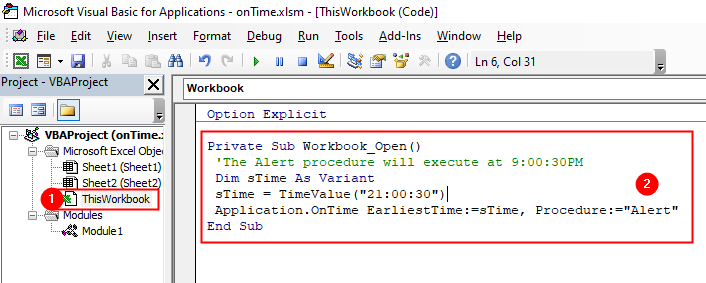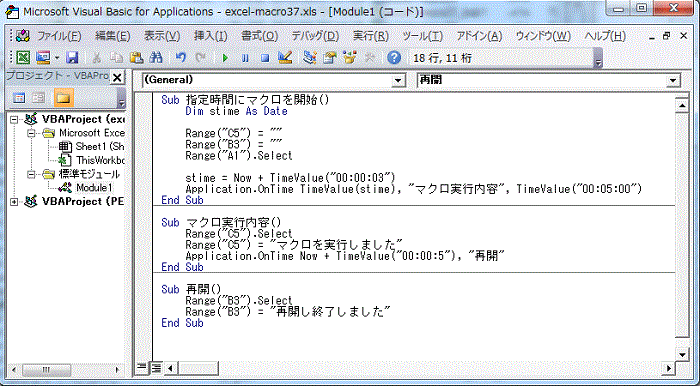

If Not mdicBackgroundTask.Exists("TaskRun") Then If mdicBackgroundTask("Cancel") = True Then GetExitCodeProcess mdicBackgroundTask("hProc"), lRetValĭebug.Print "Process exited, request cancel" '* seems that we need to put this in the OnTime queue otherwise never gets checked '* even if that means checking more than once '* check for cancel here for cases when background task stop scheduling it

'* yield control to OnTime scheduled procedures '* delete the dictionary resets the stateĪpplication.OnTime Now(), "SomeTaskToGetOnWith" HProc = OpenProcess(SYNCHRONIZE + PROCESS_QUERY_LIMITED_INFORMATION, False, hProg) HProg = Shell("notepad.exe", vbNormalFocus) 'hProg = Shell(Environ("comspec") & " /s /c notepad.exe ") Private mdicBackgroundTask As New Scripting.DictionaryĬonst PROCESS_QUERY_LIMITED_INFORMATION As Long = &H1000 (ByVal hProcess As LongPtr, lpExitCode As Long) As Long Private Declare PtrSafe Function GetExitCodeProcess Lib "kernel32" _ Private Declare Function CloseHandle Lib "kernel32" _ Private Declare Function OpenProcess Lib "kernel32" _ This is fine because all the user really cares about is a responsive GUI. Using this technique, we can give the illusion of multiple tasks going on. This is actually better described as timeslicing, since VBA is single threaded. Only when OnTime scheduled procedures have been exhausted does control return to the "normal" code. We can schedule snippets of work using Application.OnTime which can reschedule themselves to keep going.īut we need to know when to stop, so we need a Cancel checking routine, it turns out you'll need to check the cancel also in a procedure scheduled with OnTime.

Vba ontime code#
Note that the Now function returns the current time.I saw someone else's blog today that launched a process and checked the error code to see when it terminates, they suggested waiting between each check.

Otherwise, the parameter can be omitted, since its default value is True. If you want to clear a previously set OnTime macro, you can call the procedure with the Schedule parameter set to False. If you do not want the macro to be run after a certain time, then set the LatestTime parameter. The LatestTime parameter may be useful, since if Excel is busy (running another procedure, for instance), then execution of the macro denoted by Procedure will be delayed. For instance, the following code requires that Excel run the macro no later than 30 seconds following 3:58 P.M.:Īpplication.OnTime TimeValue("3:58 PM"), "d:\excel\", TimeValue("3:58 PM") + 3 0
Vba ontime plus#
We can use the TimeValue function to specify a time for this parameter, or we can set LatestTime to EarliestTime plus some additional time. LatestTime is an optional parameter that specifies the latest time at which the procedure can begin running. For instance, the following code executes the macro test in the ThisWorkbook code module of the bookl workbook at 3:58 P.M.:Īpplication.OnTime TimeValue("3:58 PM"), "d:\excel\" To specify a time, we use the TimeValue function. The EarliestTime parameter is the time you want the macro to be run. Of course, the Procedure parameter is the name of the macro to run. The syntax is:Īpplication.OnTime(EarliestTime, Procedure, LatestTime, Schedule) This method is used to run a procedure at a specific time or after a specific amount of time has passed.


 0 kommentar(er)
0 kommentar(er)
